Around a decade ago, when ultra-long-haul, extremely efficient aircraft like the Airbus A350 and the Boeing 787 entered the market, they created the conditions that could support a new kind of airline. The concept behind such a kind of airline is relatively straightforward. Still, it is the implementation of this kind of model that has been difficult to completely nail down over the years for many who have attempted to operate with this unique business strategy.
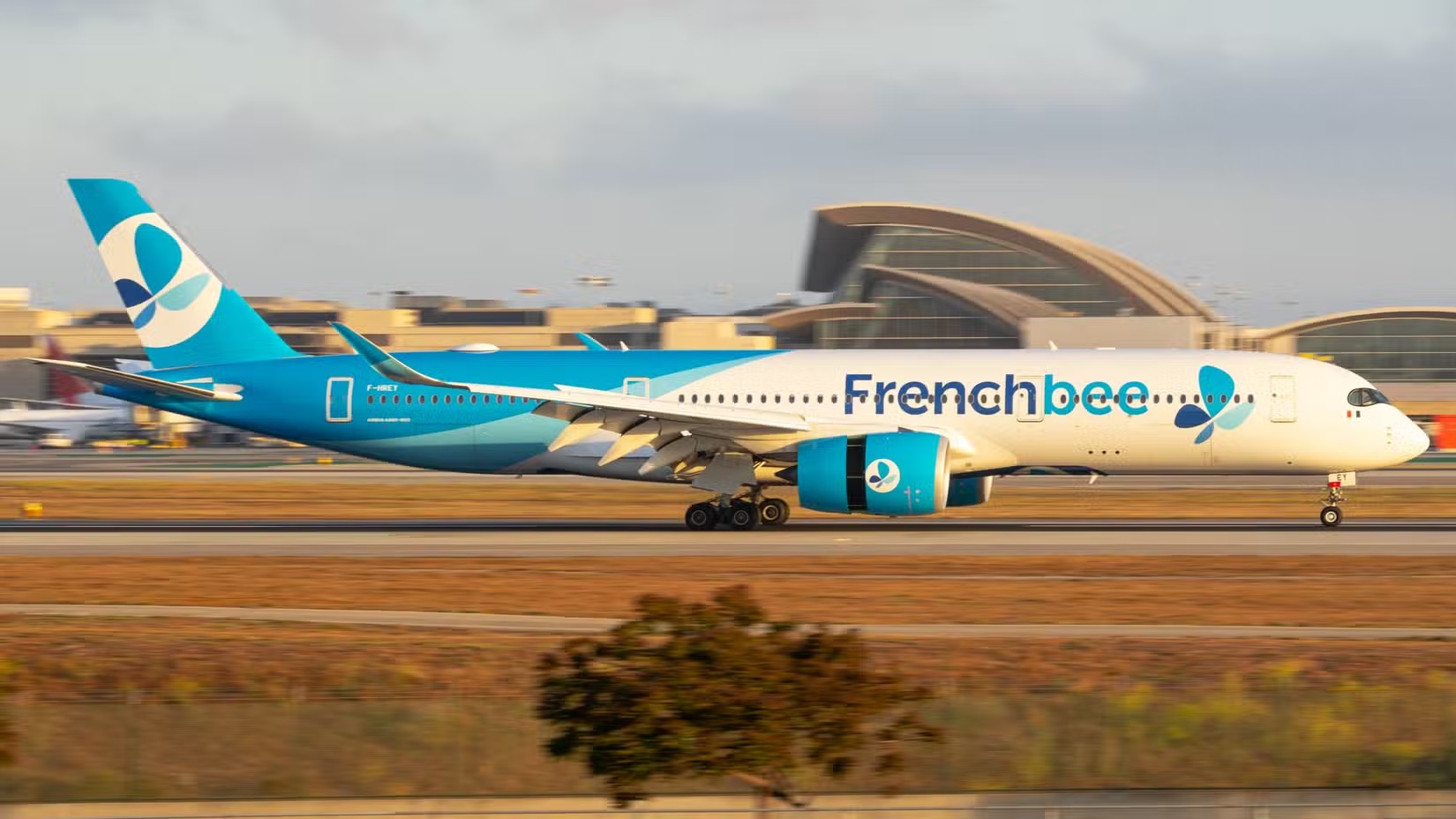
Photo: GingChen | Shutterstock
The idea of a long-haul low-cost carrier does not seem all that far-fetched, but the answer to how to create a successful airline of this kind is way more complicated. For starters, long-haul budget airlines operate flights that use widebody aircraft to serve far-flung destinations with low-cost service, offering passengers a more affordable alternative to the legacy airlines that traditionally fly these long-range services.
For decades, there have been successful short-haul low-cost carriers, many of which have expanded their operations to serve medium-haul routes. Ryanair, easyJet, and other European budget airlines pioneered this model, using several strategies to develop a ubiquitous cost advantage over other airlines to ensure that they would remain able to undercut the prices of full-service airlines like British Airways and Air France. Through this strategy, European short-haul low-cost carriers became some of the most successful airlines on the planet, not just in terms of their rapidly growing market share, but also in terms of their profit margins, which almost always exceed those of network carriers.
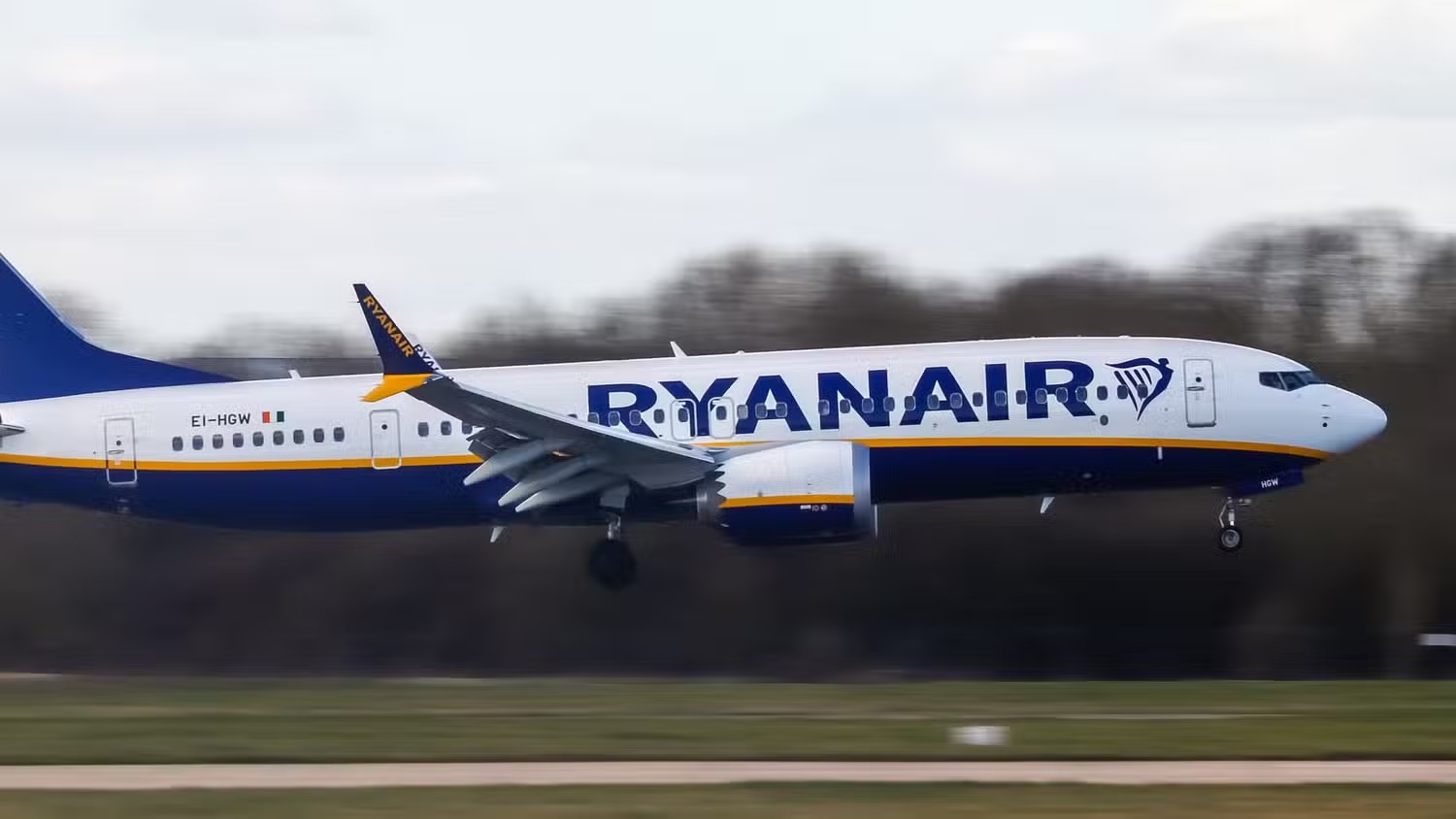
Eventually, budget airlines like Spirit Airlines and Allegiant Air began to experiment with low-cost models in the United States, which initially found similar levels of success operating leisure-oriented networks. However, they were never quite able to match the fare discounts of their European counterparts and never achieved operating margins as large. In recent years, the introduction of basic economy fares and other tactics from full-service airlines have harmed low-cost carriers’ ability to offer large fare discounts over their competitors, leading to post-pandemic financial difficulties for many such operators.
Long-haul low-cost airlines are emerging first in Europe, much as short-haul ones did as well. Airlines like Norse Atlantic, French Bee, and, to a lesser extent, hybrid operators like Condor are innovating when it comes to low-cost business models, and they are aiming to capture a newer niche of the long-haul market by offering more affordable flights.
While short-haul low-cost airlines typically have just an economy-class cabin, long-haul low-cost airlines typically have some kind of premium cabin onboard, whether that be a lie-flat business class cabin or, much more commonly, a premium economy-type cabin that features recliner seats. These kinds of cabins actually play an important role in the long-haul low-cost business models for each of these carriers, and they expand the customer demographics that each of these airlines can attract. Let’s take a deeper look at the premium cabins offered by long-haul low-cost airlines, paying special attention to those that offer premium economy-resembling products.
For starters, it is important to take a deeper look at the different long-haul low-cost premium products that are in the market today. Not all premium cabins are the same, and the specific product offerings can provide better insight into exactly what kinds of customers the airline is trying to target with these cabins. The following table offers some additional specifications regarding the premium cabins offered by some of the largest long-haul low-cost carriers and other non-traditional long-range carriers:
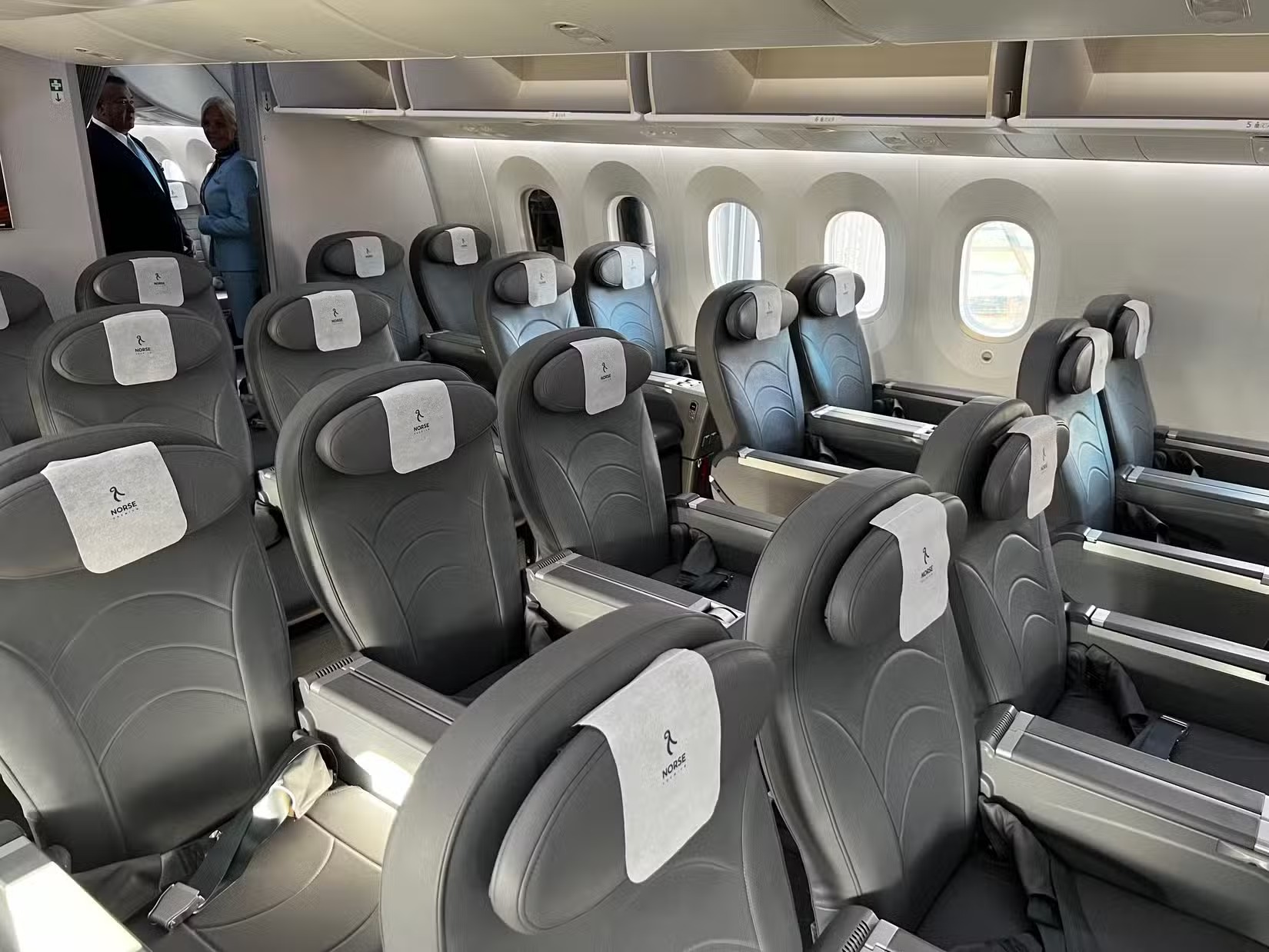
Photo: Pranjal Pande | Simple Flying
While some carriers like Condor and Azul opt for more luxurious offerings with lie-flat seats, the majority of carriers are choosing these 2-3-2 configured cabins on aircraft like the Boeing 767, Boeing 787, Airbus A330, and Airbus A350. There is a unique middle ground between these premium economy-style cabins and the ultra-luxurious lie-flat 1-2-1 cabins which offer direct aisle access to all passengers.
There are, of course, still examples of long-haul low-cost carriers that operate cabins with lie-flat seats
AirAsiaX, for example, is an airline that falls into this middle ground, operating a cabin with angle-flat seating in a less generous 2-2-2 configuration. This kind of setup offers passengers a step up from the 2-3-2 recliner seats, both in terms of legroom and seat width. For those flying on overnight flights (which are often in the West-East direction), the ability to have an angle-flat seat with more room to lay down on can be a game-changer.
At the end of the day, premium economy cabins are designed to be exactly what their name implies: slightly more premium versions of the basic economy-class seats. Therefore, those who are in search of these kinds of seats are travelers who are looking for a slight upgrade, but not those who are looking to spend the amount of money required to sit in a lie-flat business class seat.
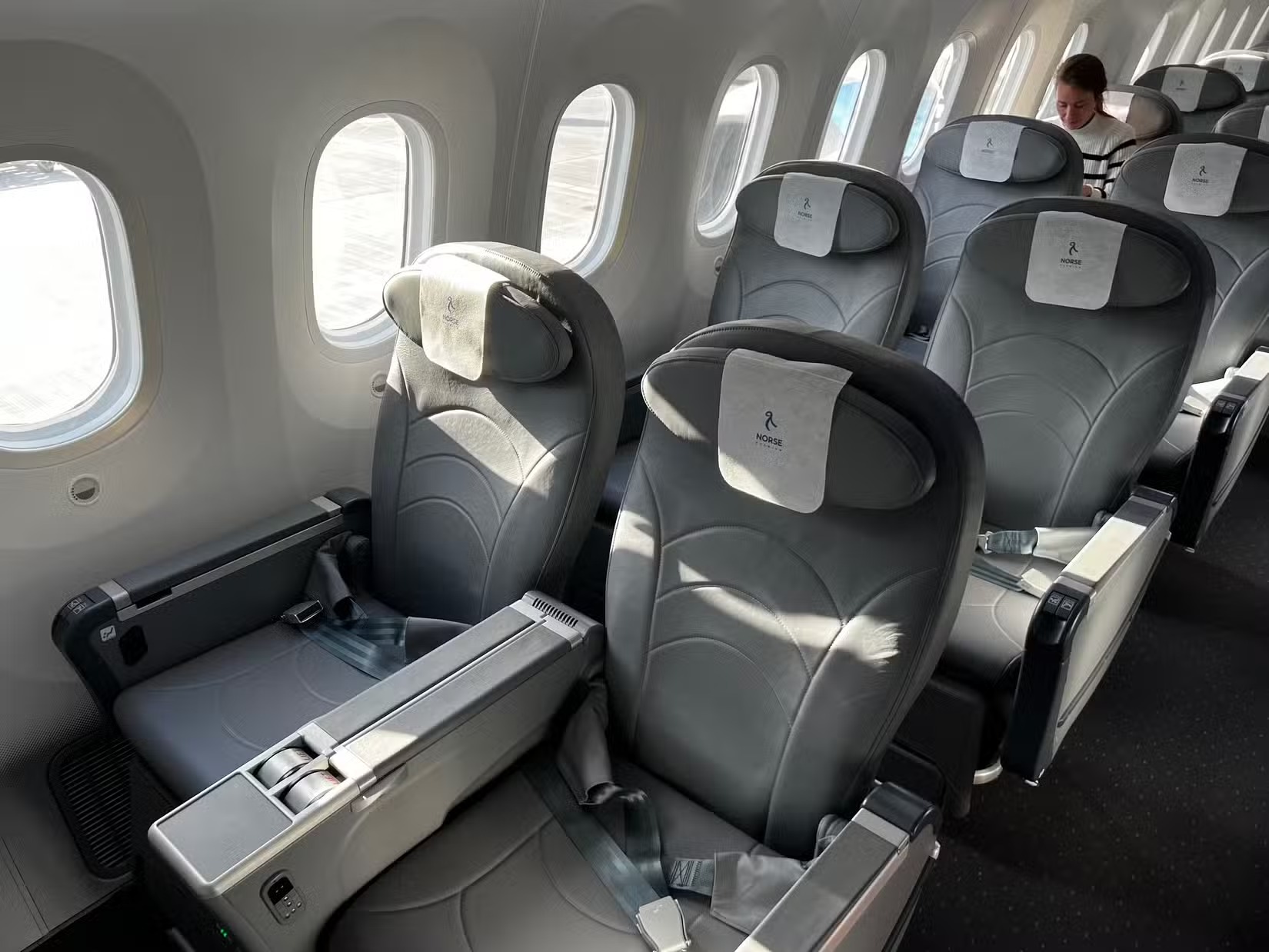
Photo: Pranjal Pande | Simple Flying
In the years following the COVID-19 pandemic, the demand for premium travel increased drastically, partially due to the continued expansion of airline loyalty programs and also due to higher rates of savings during the pandemic. After saving money during months of lockdown, consumers, when they were ready to travel again, were ready to spend a little extra to improve the nature of their inflight experience.
While many believed that this rise in post-pandemic premium travel would be short-lived, the market would prove it wrong as customers would continue to purchase more expensive seats and flight options. In a statement made to Skift, Kim Cisek, the vice president of customer experience and product management at American Airlines, had the following words to share regarding shifts in post-pandemic premium cabin demand:
“When we think about offering these products for our customers, for our premium cabins, we focus on what our customers want to enjoy and how we ensure we’re meeting their needs.”
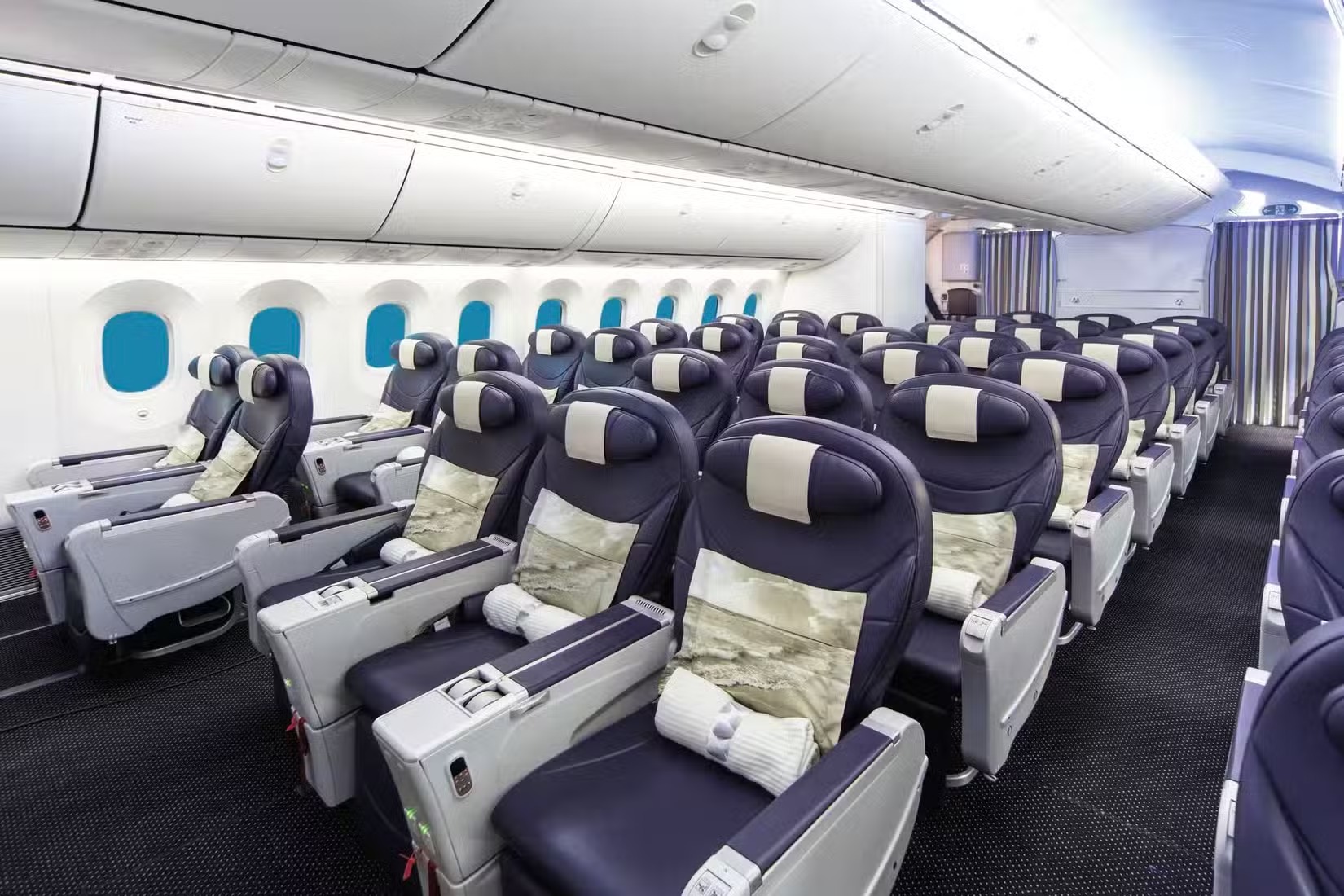
Photo: TUI
There is, of course, the highest-spending segment of the market which is looking for lavish business-class products, but these are not travelers who would ever consider flying on a low-cost airline. As a result, these premium, low-cost carrier cabins can offer travelers the opportunity to upgrade, but on a carrier that continues to emphasize the importance of low fares. Therefore, these cabins allow long-haul low-cost carriers to continue meeting the needs of their passengers even as demand for more premium travel options increases.
Source: Simple Flying
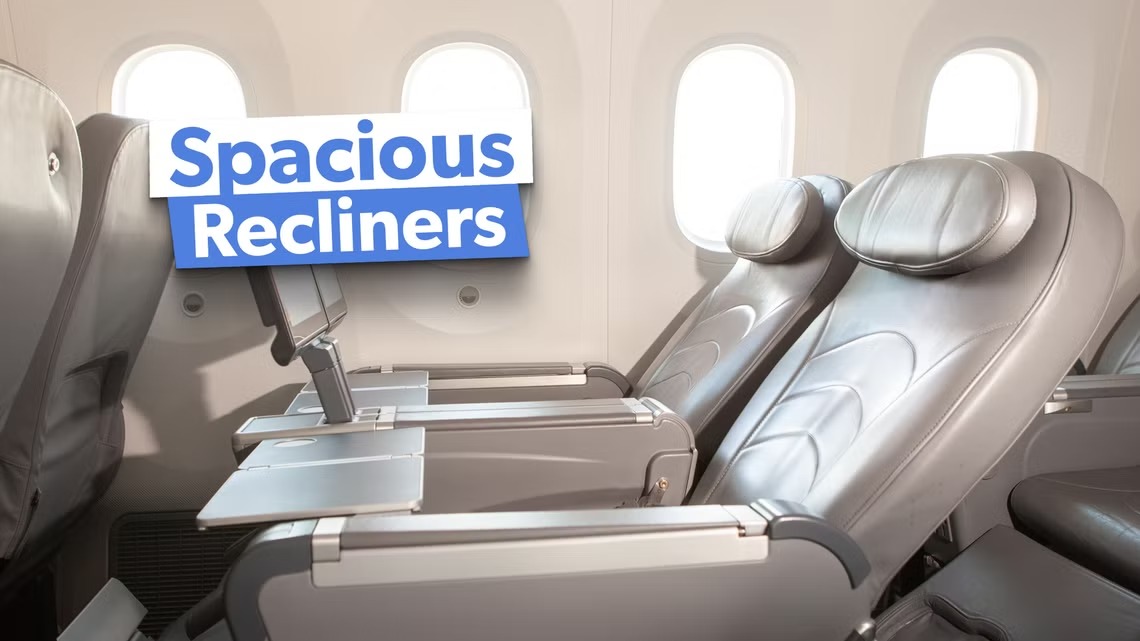
Warning: Illegal string offset 'cookies' in /home/u623323914/domains/eng.bayviet.com.vn/public_html/wp-includes/comment-template.php on line 2564